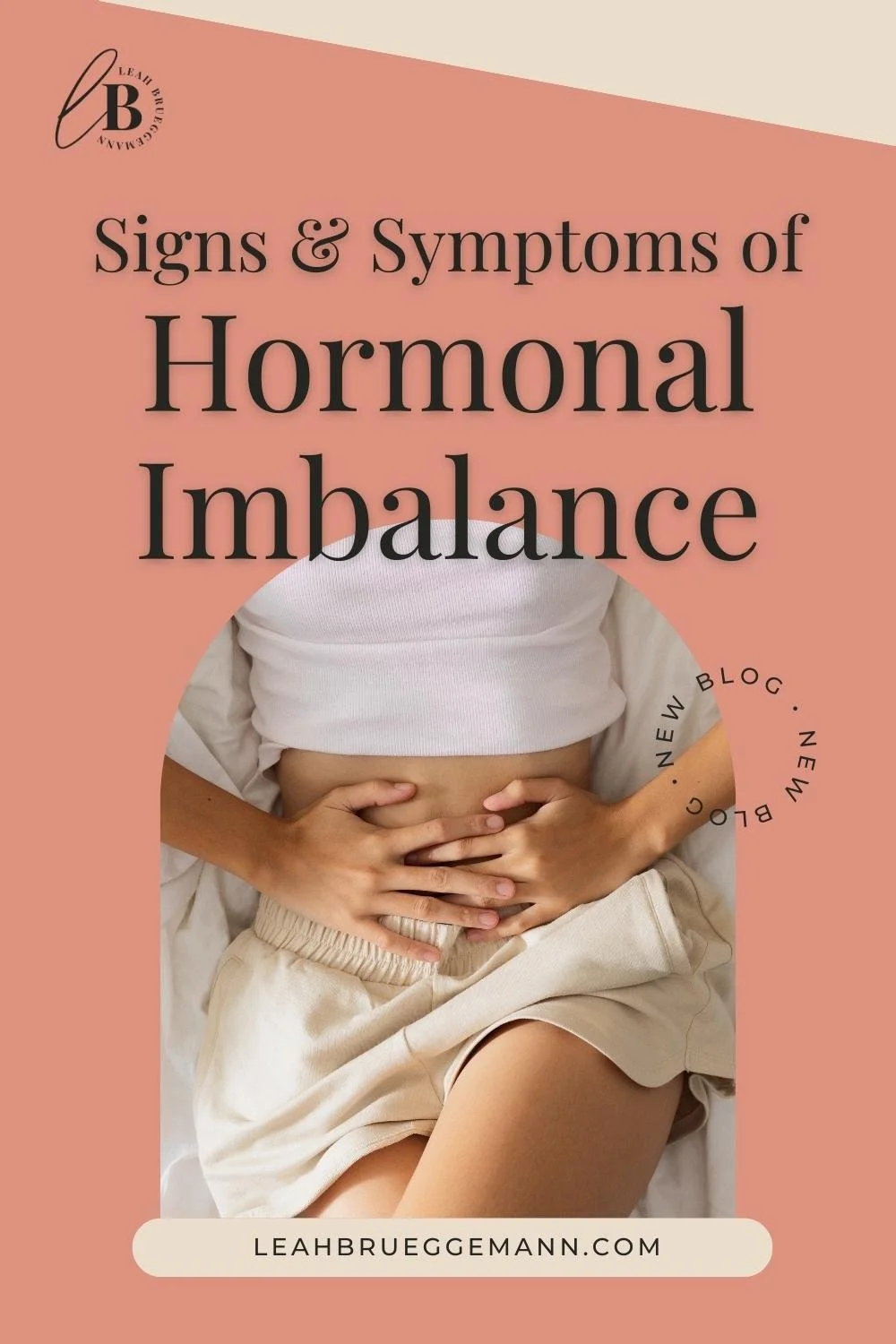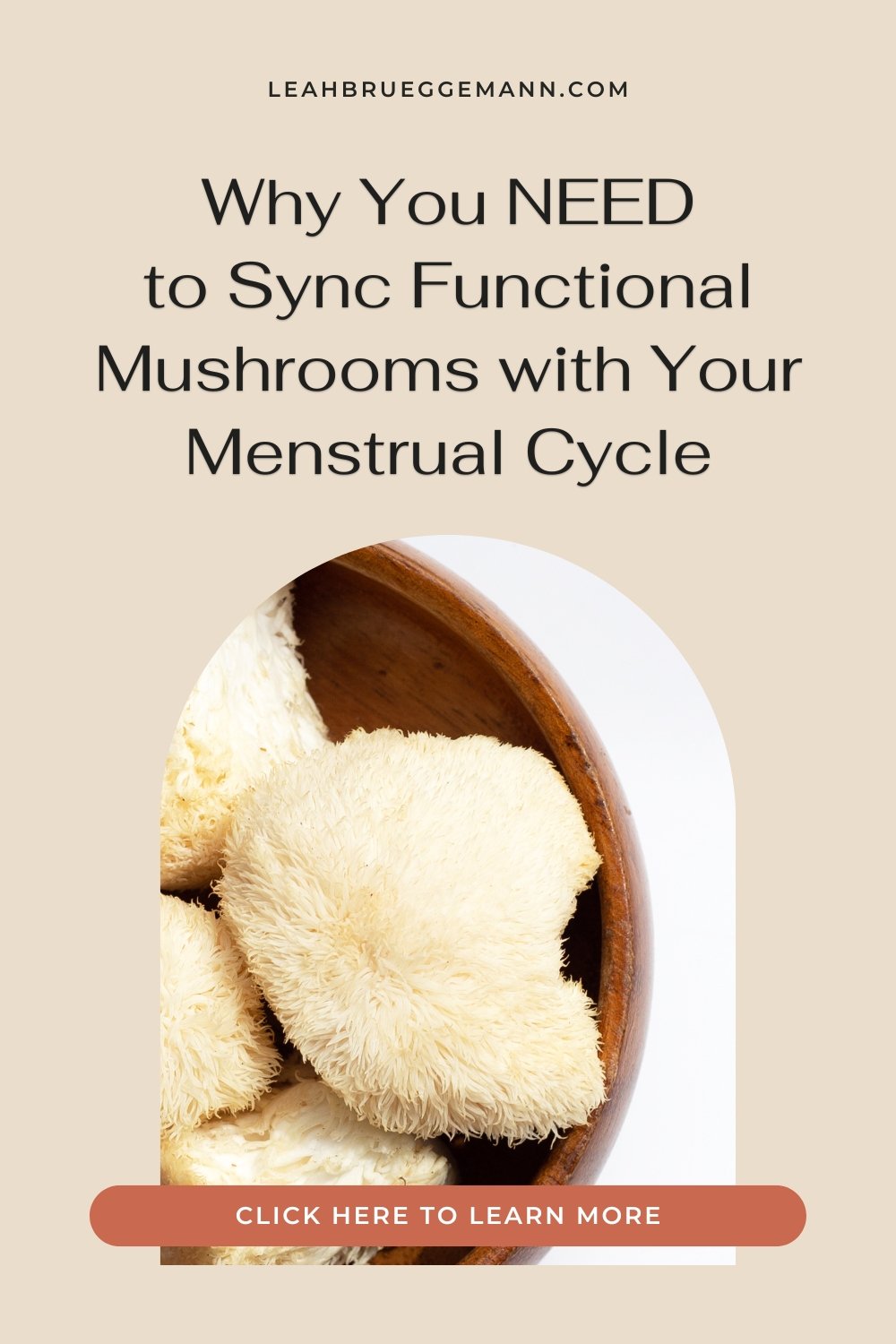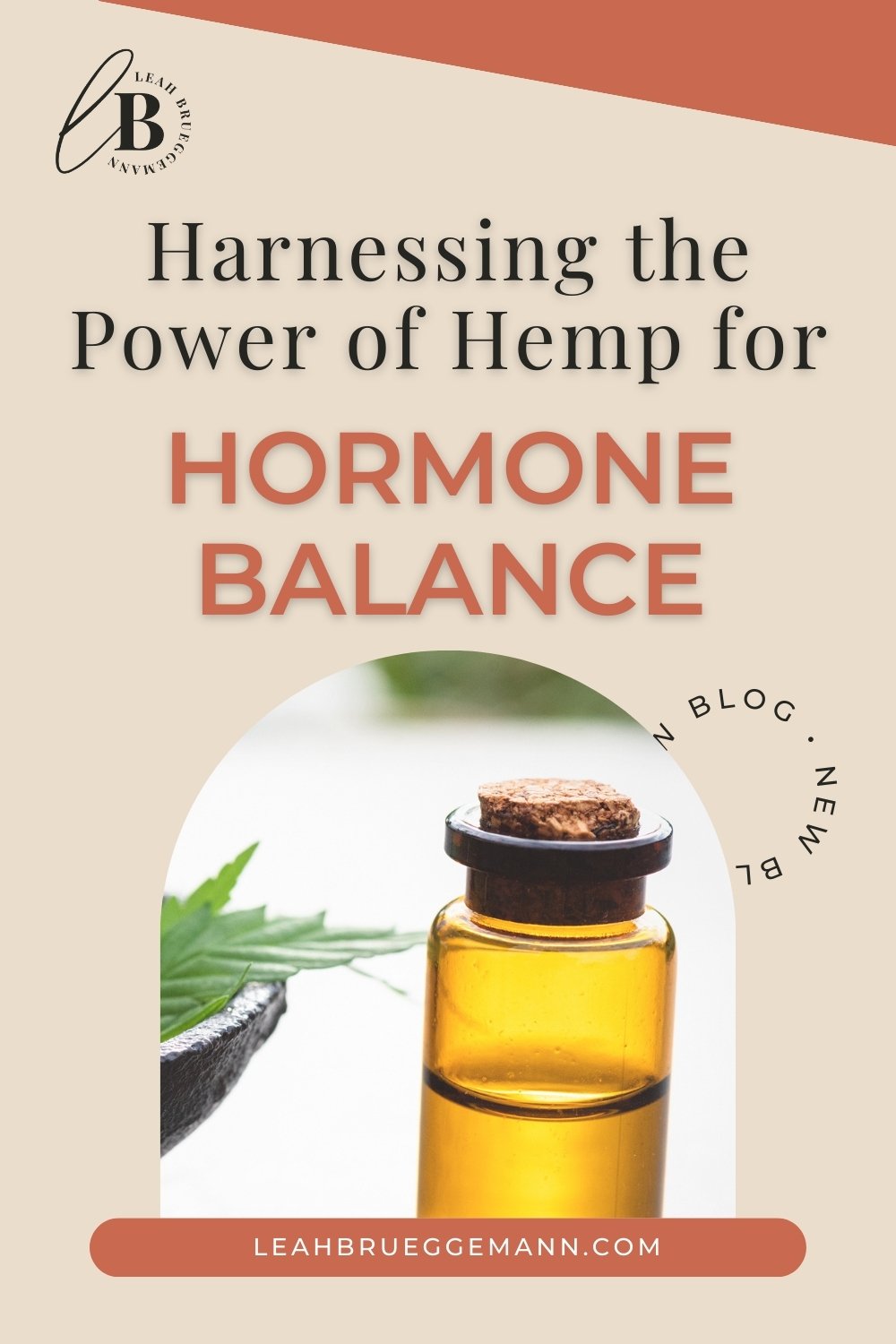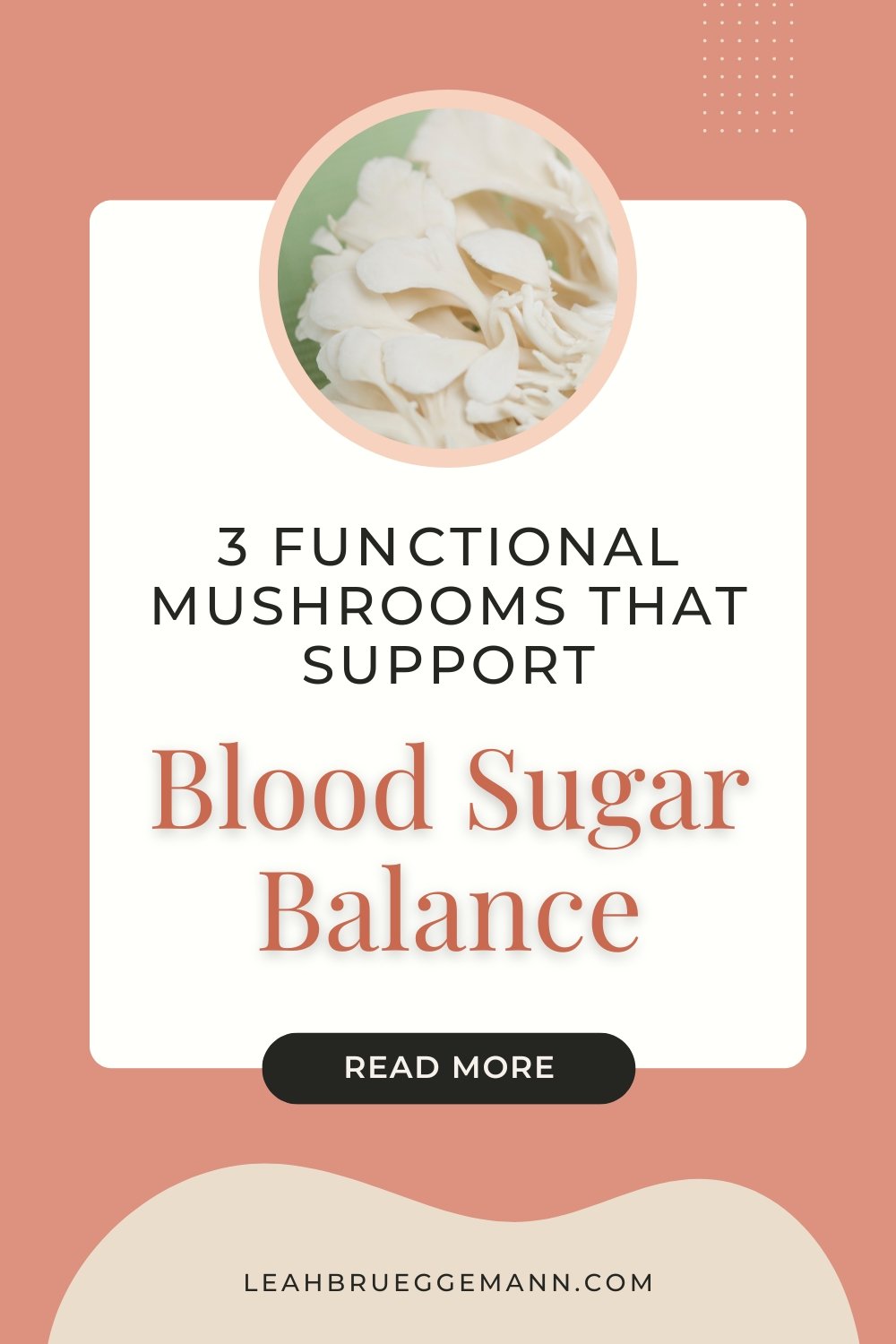Signs & Symptoms of Hormonal Imbalance
In this post, we're going to dive deep into the signs and symptoms of hormonal imbalance – because, let's face it, understanding our hormones is a superpower we all deserve! Life's too short to settle for "normal" discomforts. Let's chat about what's common versus what's genuinely normal. The goal? Equip you with the insight you need for a life filled with more balance and harmony.
Menstrual Cycles 101
First up, let's talk about the magic of menstrual cycles. A standard cycle is between 25 to 36 days. But, heads up, having a period doesn't automatically mean you've ovulated. Birth control, for instance, suppresses ovulation and instead, you may experience a withdrawal bleed, not the real deal.
Ovulation is the gold standard of a healthy menstrual cycle. It's not just about having a bleed every month; it's about your body's ability to release an egg, signaling robust hormonal function. This becomes especially important (of course!) when conception enters the picture. That’s why it’s so important to be able to tell the difference between a real, healthy period and a birth control-induced withdrawal bleed.
Hormone Health Tip: If you're not actively tracking ovulation, I recommend you start doing this by tracking your basal body temperature and monitoring cervical mucus. Check out this blog post to learn how to start tracking your cycle.
What is your Menstrual Blood Telling You?
Your period is like receiving a unique health report card from your body. Your menstrual blood can actually give you clues about your overall health! So let’s talk about the different things your cycle may be telling you.
Bright, Cherry Red or Deep Wine Red: Healthy & Balanced
This is the color we're aiming for! A robust, healthy menstrual flow is characterized by a bright, cherry-red or deep wine-red color. If your blood resembles the rich shades of a fine wine, your hormones are likely pretty well balanced.
Clots and Murky Brown Tones: Unraveling Potential Issues
Now, let's talk about blood clots and darker colors. If your menstrual blood leans towards dark browns, grays, or carries a lot of clots, your body might be sending distress signals. This could hint at a slower movement of blood, possibly indicating lower progesterone levels.
Hormone Health Tip: Treat your period as a monthly health audit. Take a moment to observe the shades and textures; they can be subtle messages providing insights into your hormonal health.
Auditing Your Monthly Health: What to Look Out For
Beyond the color spectrum, pay attention to the volume and consistency of your menstrual flow. A healthy flow typically involves using six to ten tampons or pads throughout the entire period, maintaining a delicate balance. Anything significantly more or less might be your body's way of signaling that something is wrong.
Hormone Health Tip: Track changes in your menstrual blood which could give you a clue to potential hormone health changes. An attentive approach allows you to respond quickly to what your body is telling you.
So, next time your period arrives, take a moment to observe, listen, and decode the message your body is sending you!
Bloating, Digestion, and Progesterone
Bloating, a.k.a. the unwelcome visitor during that time of the month, might just be your body's way of hinting at low progesterone. Surprise, surprise! Prostaglandins, cramps, and digestive drama – turns out they're all connected. Learn the links and make informed choices to say goodbye to those discomforts!
Hormone Health Tip: Lowering estrogen levels or raising progesterone levels can be your secret weapon against bloating and digestive issues.
Mood Swings, Anxiety & Cramping
When extreme mood swings, anxiety, or ovulation cramps take center stage, your body is sending an SOS for some tender loving care. Here's the revelation – this isn't normal! It’s common (aka many women experience it), but it’s actually a signal that your hormones are imbalanced. This is good news because it means you can do something about it and finally have painless periods!
Check out this blog post to learn what you can do to manage the ups and downs of period mood swings.
Painful periods are common, but they don’t have to be your norm.
Tracking your cycle, understanding symptoms, and making informed lifestyle and nutrition choices can help you experience pain-free periods! Learn more about supporting your body for painless periods here.
Free Painless Period Prep Guide
Download the FREE guide to learn more about balancing your hormones so that you can finally experience pain-free periods!
You May Also Like…
The recommendations presented in this blog are not a substitute for medical advice from a qualified doctor. Before making any changes to your diet and lifestyle, please consult with your health care provider.
Some of these links contain affiliate links.




